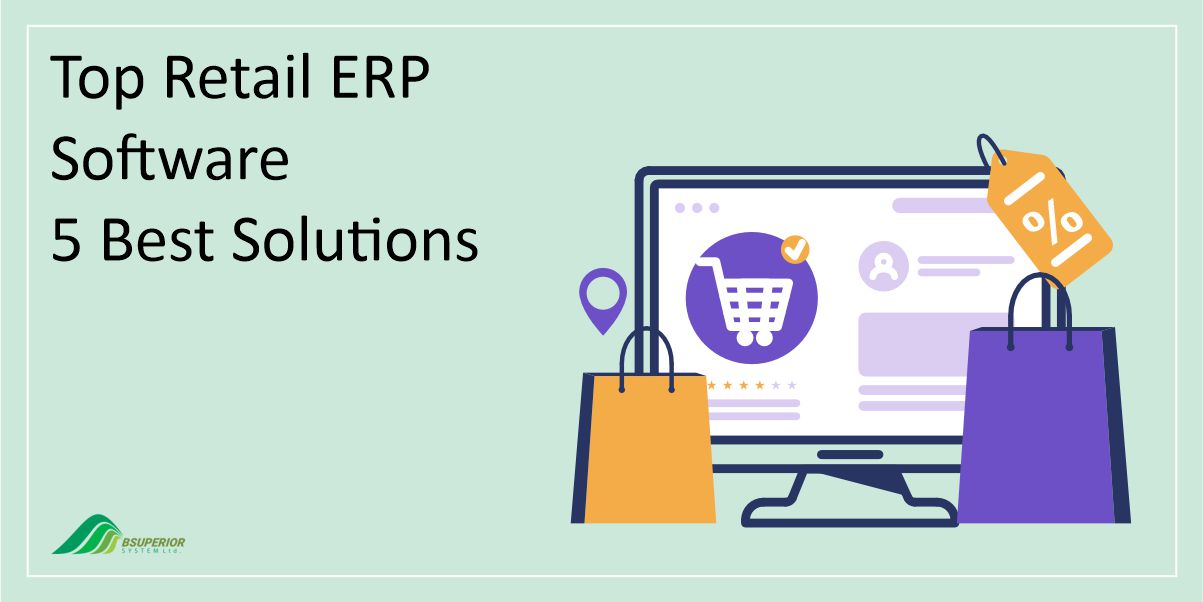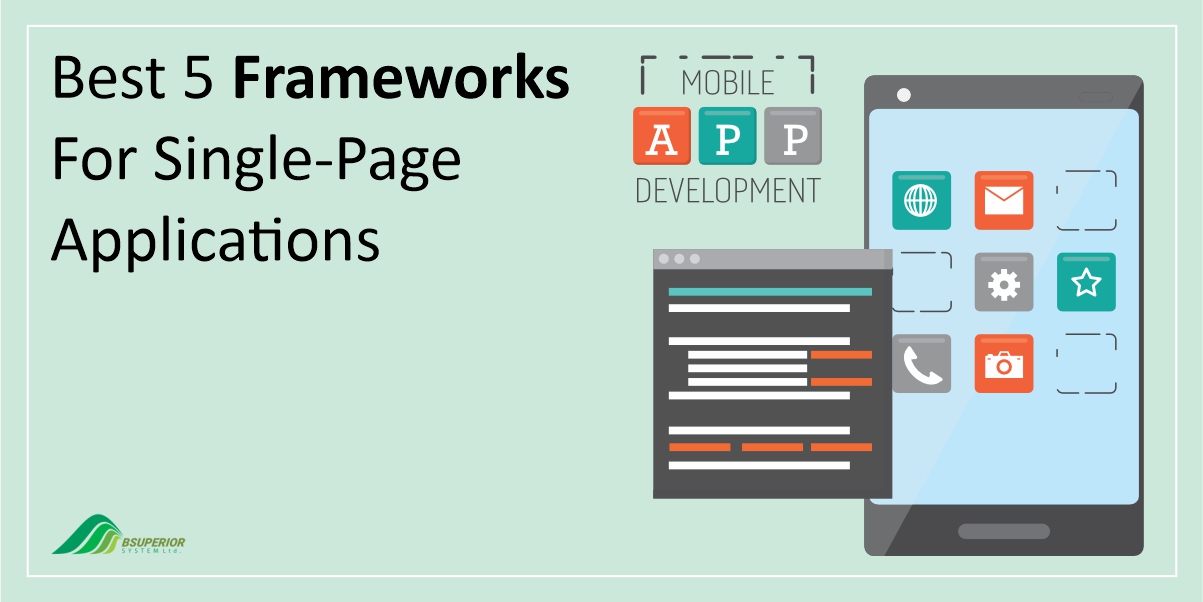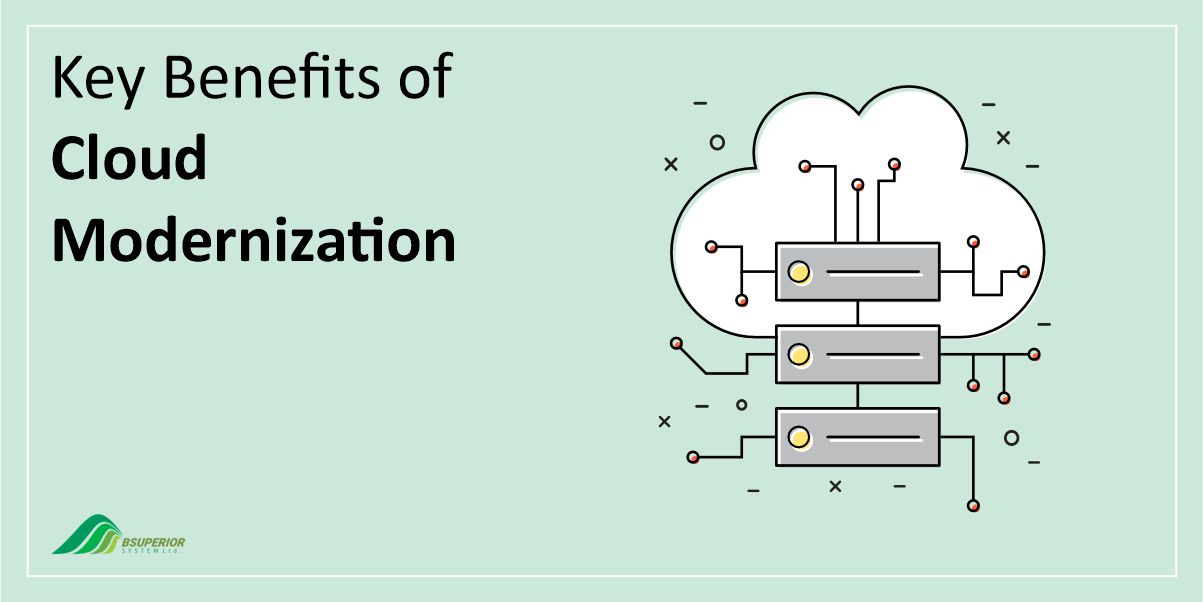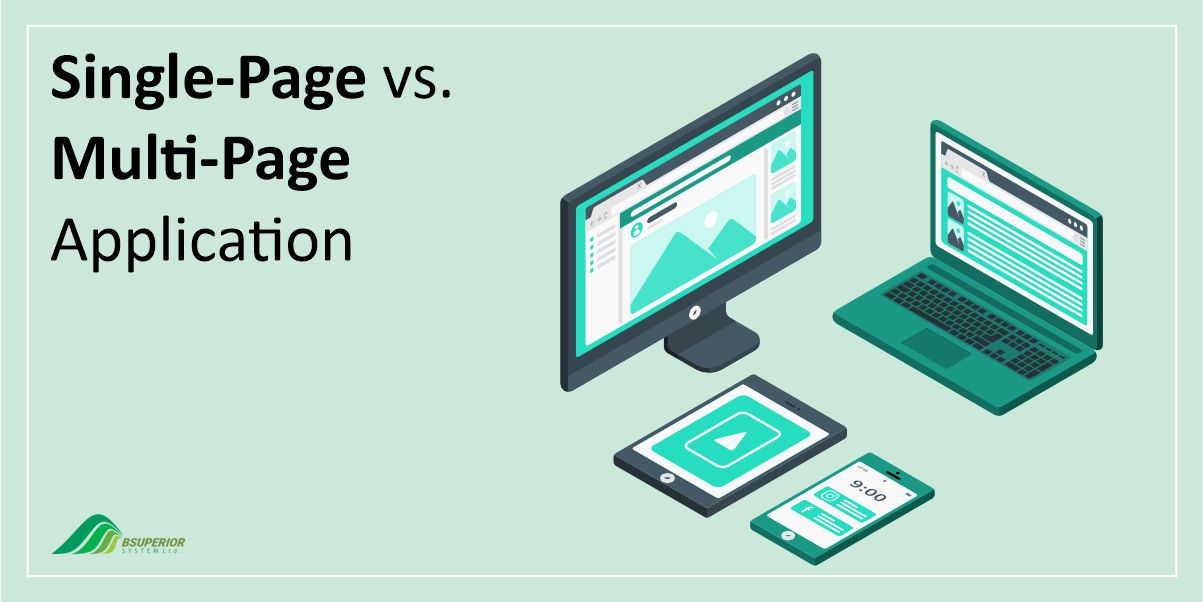ERP Integration: Benefits and Everything Else You Need to Know
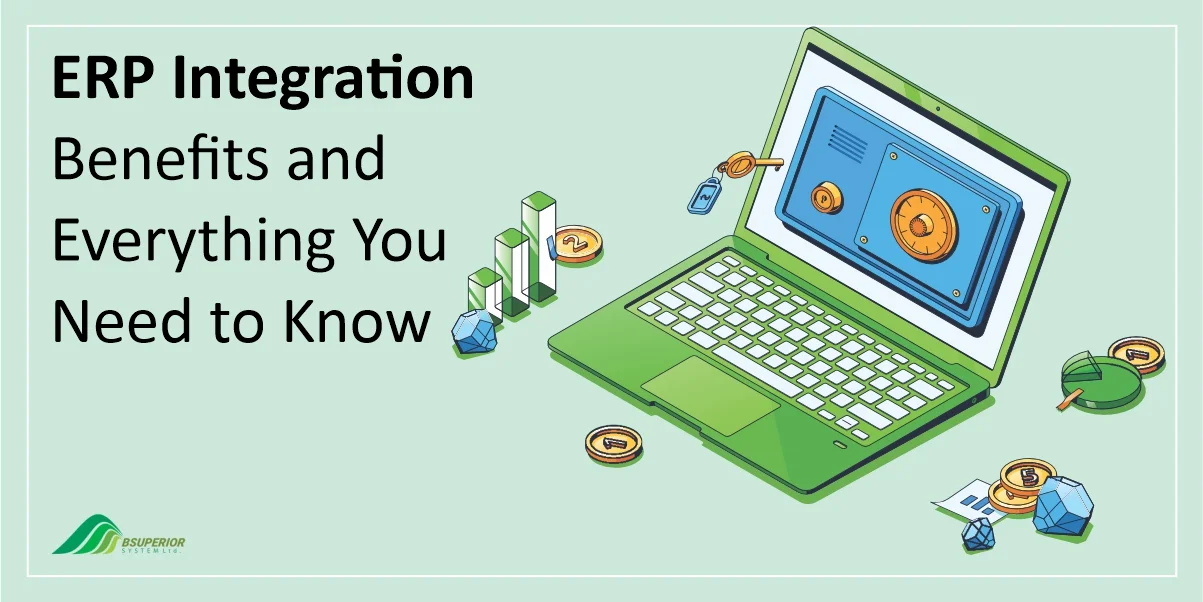
Table Of Content
What do you know about ERP integration? Did you know that ERP integration can help you break down silos and create a more connected, efficient, and informed business?
In what follows, we’ll tap into the world of ERP integration and explore its potential to transform your business. In addition to the challenges you might encounter during the integration process, we’ll touch upon the main strategies to carry out your ERP integration.
What is ERP?
Enterprise Resource Planning, aka ERP, is basically software that helps businesses run smoothly. Imagine it like a central hub for all your back-office operations, from finance and sales to inventory and HR.
It connects and manages these different areas, giving you a single, clear picture of how everything’s working.
An ERP can do the following:
- Track your finances, including accounting, billing, and invoicing.
- Analyze data to make better decisions (business intelligence).
- Manage customer relationships and interactions (CRM).
- Sell products online (eCommerce).
- Handle HR tasks like payroll and employee information.
- Keep track of your stock and supplies (inventory management).
- Plan and manage manufacturing processes.
- Organize and track projects.
- Oversee your supply chain, from getting materials to delivering products.
Think of it as a single source of truth for your business that keeps everything organized and efficient. It can also connect to other data sources, making it even easier to predict trends and make informed choices.
What is ERP Integration?
ERP integration is essentially plugging all your business software and systems into one power outlet.
It connects your main ERP software, which handles things like finance, inventory, and production, with other tools you use for tasks such as customer management, hiring, and supply chain.
Instead of juggling separate programs and manually transferring data, everything can talk to each other. This means:
- Automating Repetitive Tasks: No more copying and pasting data between systems. Tasks like updating customer records or generating reports happen automatically, saving you time and effort.
- Unified Data View: Get a complete picture of your business by seeing all your information in one place. No more digging through different programs to find what you need.
- Accurate and Consistent Data: Eliminate errors from manual data entry and ensure everyone has the same information.
- Improved Communication: Teams across departments can easily share and access information, which will lead to better collaboration.
ERP integration isn’t just about connecting your ERP to one or two systems. You can integrate with various tools like CRM, HR, and supply chain management, and create a seamless network for all your business operations.
Read more: How Does AI Affect ERP? Benefits and Use Cases
What are the Common Types of ERP Integration?
ERP software can be a powerful tool, but it works best when it can talk to other systems your business uses. Below you will find a breakdown of different types of ERP integration and what they do.
1. E-commerce and ERP:
This connects your online store to your ERP and ensures smooth data flow between them. Imagine orders automatically updating your inventory and customer information syncing across systems.
2. CRM and ERP:
While your CRM chats with customers, your ERP handles the back end. Integrating them creates a complete picture of each customer’s journey, from ordering to delivery.
This knowledge enables your team to deliver personalized service and make informed decisions to strengthen customer relationships.
3. Project Management and ERP:
When you have separate systems for managing projects and core operations, it can be messy. The ERP integration combines them, giving you a single platform to track project progress, allocate resources efficiently, and see the bigger picture of your projects.
4. Business Intelligence and ERP:
If you want to turn your ERP data into actionable insights, BI-ERP integration can help you with that. It analyzes data and uncovers hidden trends and opportunities.
These insights help you improve IT performance, make better decisions, and ultimately, innovate your business practices.
Read more: What is ERP in Manufacturing? Modules and Benefits
ERP Integration Benefits
Beyond boosting operational efficiency, ERP integrations act as shields against critical pitfalls that can hinder your business. Let’s explain four key areas where integration strengthens your organization:
1. Shattering Data Silos
By centralizing and compiling information from various sources, ERPs empower everyone in your organization to access accurate, real-time data with ease.
Without integrations, data silos arise, isolating information and fostering a slew of negative consequences:
- Teams operate in isolation, hindering communication and hindering synergy.
- Storing the same information in multiple places wastes resources and increases error potential.
- Scattered data consumes unnecessary storage space.
- Lacking access to holistic data leads to uninformed decisions.
- Searching for data across different platforms is inefficient and unproductive.
2. Ditching Manual Drudgery
ERPs automate processes, eliminating manual data entry and streamlining workflows. Imagine a salesperson capturing client information in a CRM system.
With integration, that data seamlessly flows to the ERP in real-time. Without it, someone would have to manually transfer the data, a slow, error-prone process prone to data loss.
3. Embracing Real-Time Insights
ERPs are data powerhouses. Integration automatically aggregates data from various systems into a central repository, often updated in real-time.
Without it, users have to manually search each platform for needed information, a tedious and error-prone process.
4. Elevating Customer Experience
ERP integrations play a crucial role in enhancing customer experience. By collecting a wide range of user data, companies can personalize shopping journeys and provide targeted recommendations and delivery updates.
Without integration, this valuable data remains scattered and inaccessible, hindering efforts to provide helpful suggestions and updates.
ERP Integration Challenges
While ERP integration promises a streamlined business, the journey isn’t always smooth. There are a number of bumps that you might encounter along the way, including:
1. Cloud and Mobile Woes
Moving data to the cloud or mobile platforms can be tricky, especially with large volumes.
Connecting on-premises and cloud-based systems can create access issues, and additional software can complicate processes. Customization adds another layer of complexity.
2. Data Disorganization
Different systems organize data differently. For instance, you may be searching for a file named apple in a library that sorts alphabetically, while another uses a fruit category.
Merging data without a clear plan and integrating systems with different storage methods can lead to messy data and accidental duplication.
3. Software Overlap
When you add an ERP to existing software, you might face overlapping functionalities. Poor data management can result in duplicate or lost information.
Deciding between separate systems or integration can be a tough call, and more systems mean more integration challenges.
Read more: What is ERP in Procurement? Role and Benefits
4. Human Hurdles
Manual data entry is error-prone, leading to duplicates or deletions. Users might resist adapting to a new system that requires costly training. However, once comfortable, the benefits of reduced manual tasks can outweigh the initial hurdles.
ERP Integration: Choosing the Right Integration Approach
When it comes to integrating your systems, understanding the different types of ERPs is crucial.
1. On-Premise ERP
This traditional approach involves installing the software directly on your company’s servers. This offers high levels of security and control over your data but requires significant IT expertise and ongoing maintenance.
2. Cloud ERP
Hosted by a third-party provider, cloud ERPs offer scalability, accessibility, and reduced IT overhead. However, security concerns and potential integration challenges require careful consideration.
3. Postmodern ERP
This hybrid approach combines the strengths of both on-premise and cloud solutions, offering flexibility and tailored integration.
ERP Integration: 3 Powerful Strategies
There are 3 key strategies that can help you with your ERP integration process.
1. iPAAS: Cloud-Based Integration Powerhouse
iPAAS is a central hub that simplifies connecting your ERP to various applications. These cloud-based platforms offer a user-friendly interface for building connections, managing data flows, and transforming information between different systems.
Whether you’re connecting CRMs, internal tools, or customer service apps, iPAAS provides a centralized platform for seamless integration.
Pros
- Easy integration with diverse applications
- Centralized management for simplified control
- Scalable solution for growing needs
Cons
- May require specific expertise for setup and maintenance
- Potential subscription costs depending on the provider
2. Point-to-Point: Direct Connections, One-by-One
Think of point-to-point integration as building bridges between individual systems and your ERP. It allows for direct communication and data exchange between each tool and the ERP.
While this approach offers granular control, managing multiple connections can become complex, especially as your system landscape expands.
Pros
- Highly customizable for individual app needs
- Offers direct control over each integration
Cons
- Time-consuming setup and maintenance for each connection
- Can become cumbersome and challenging to scale with additional apps
3. ESB: The Communication Bus for Centralized Control
ESB is a communication hub that functions as a central nervous system for your applications. Instead of building individual connections, all your systems connect to the ESB, which then facilitates communication and data exchange.
This centralized approach simplifies adding new applications, eliminating the need to reconfigure existing connections. It’s a scalable and flexible solution for businesses with diverse software needs.
Pros
- Highly scalable and flexible for future growth
- Simplified management of all integrations
- Easier addition of new applications
Cons
- Can be more complex to set up and manage initially
- Might require specialized technical expertise
Final Words: Integrate Your Way to Success with BSUPERIOR
Is your ERP falling short of expectations? Feeling the need for expanded functionality without the burden of costly overhauls or risky transitions? In that case, integration solutions can be your answer.
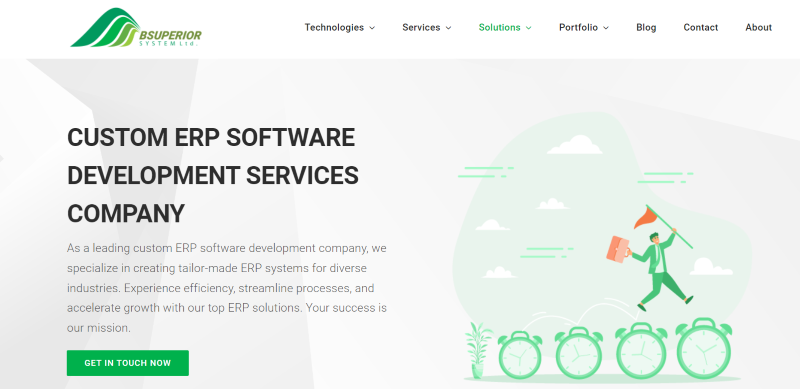
At BSUPERIOR, we specialize in helping businesses like yours achieve seamless ERP integration. As a leading custom ERP development company, we offer:
- Tailor-Made Solutions: We craft integrations that align perfectly with your unique business goals and existing systems.
- Streamlined Processes: We help you eliminate manual data entry and optimize workflows for enhanced efficiency.
- Accelerated Growth: With BSUPERIOR, you will unlock new potential within your ERP, paving the way for expansion and success.
We understand the challenges of implementing new technologies. That’s why we prioritize a collaborative approach, working closely with you to understand your needs and develop a customized integration plan.
Ready to discover how integration can transform your ERP experience? Contact us today for a free consultation.
Our team will be happy to assess your requirements and discuss how BSUPERIOR’s expertise can empower you to achieve your business objectives.
We value your input and believe this content may enhance our services. However, it's under review. If you see room for improvement, please use the "Report an issue" button below. Your feedback helps us excel.
Contact us today at –– and speak with our specialist.

